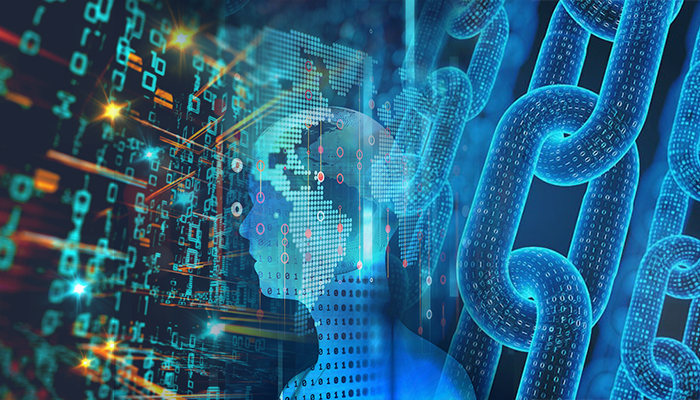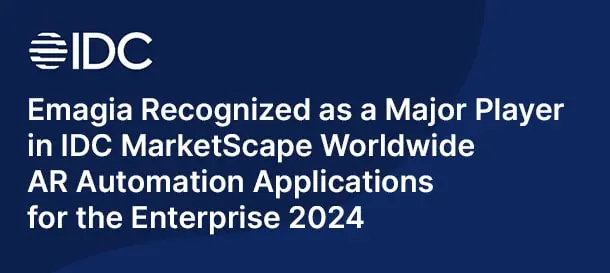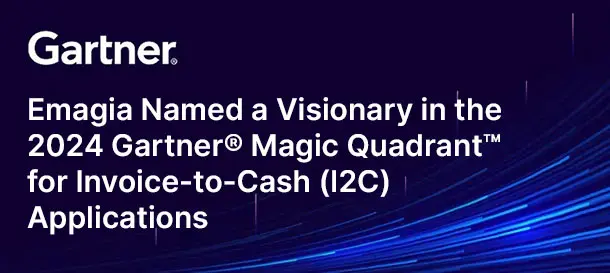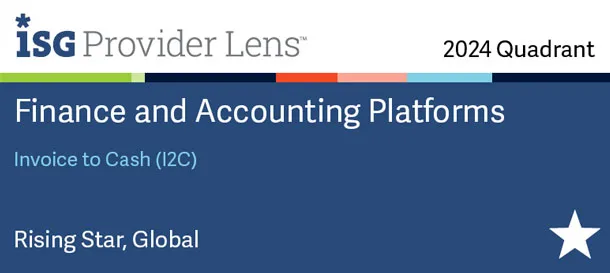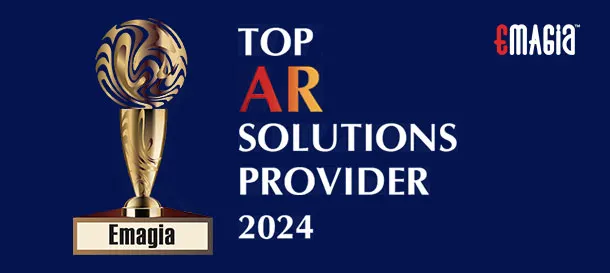Today, consumers can quickly order the product they want from their mobile devices or digital assistants (such as Amazon Alexa). These technologies have drastically reduced the time from impulse to buying for a consumer.
However, the trade finance and international supply chain that is critical to completing the fulfillment cycle has not yet caught up with the pace of our digital consumers. It is complex, slow, and ripe for digital disruption — 200 documents including contracts, customs clearance, and shipping are involved and exchanged among the supply chain entities, according to Maersk, the global transportation and logistics giant.
The good news? Disruption is here: the confluence of three digital technologies — big data, artificial intelligence, and blockchain — have the potential to drastically reduce the complexities of trade finance and international supply chains.
Big data: Fuels digital disruption
Peter Sondergaard, senior vice president of Gartner famously said “Information is the oil of the 21st century, and analytics is the combustion engine.” Big data delivers the promise of capturing large volumes of structured and unstructured data, and delivering tremendous insights.
The customer to cash cycle involves capturing every aspect of a customer — including browse-click-buy patterns, delivery of a finished product using shipping and logistics across international borders, invoicing and cash collections, and managing returns and issuing claims. Through each of these processes, there is a wealth of data that can be churned into valuable insights. A simple IoT device attached with your order can emit data continuously, providing you and your customer with information on order status at any time until it is delivered. Big data platforms empower companies to simultaneously become data-driven and drive better business — enhancing customer satisfaction and improving operations for excellence.
Artificial intelligence: The rise of robots in the workforce
Though artificial intelligence (AI) has been around for a long time now, it has come to the age of rapid application due to the explosion of computing technologies. Today’s AI delivers on the promise of mimicking human cognitive skills — the ability to create conversations, interpret and understand natural language, make predictive decisions based on context, and perform tasks ranging from simple to complex — thanks to technologies including deep learning, machine learning, and natural language processing.
In the supply chain and trade finance environments, these technologies can be used to create huge efficiencies. AI-powered robots can read documents, make data-entry and run business process operations several hundreds of times faster than human beings. They can be used as assistants to support customers, suppliers and vendors — facilitating and automating many of the interactions I mentioned earlier about Maersk.
From a long term return on investment (ROI) perspective, AI can predict customer behavior, order volumes, inventory turns, supplier responses, manufacturing times, shipping and logistics delays, and even cash flow from receivables. Through predictive AI, organizations become more proactive and can better manage all aspects of the business, including trade finance and supply chain management.
Reducing Complexity of Cash Application in Europe with AI Download Ebook Now
Blockchain: The new trust network
While big data and artificial intelligence raise efficiency in the enterprise and across the supply chain, blockchain offers the trusted digital network for entities involved in the trade finance and international supply chain. Imagine sending digitally encrypted “smart” contracts, invoices, letters of credit, and customs-clearance documents — all necessary to the international supply chain — accessible to your shipping partners, banking partners, and customers. All of this is possible with blockchain.
How does it work? Blockchain is an immutable, security rich and transparent shared network, providing each participant with end-to-end visibility based on their level of permission. Each participant in a supply chain ecosystem can view the progress of goods through the supply chain, understanding where a container is in transit. They can also see the status of customs documents, or view bills of lading and other data. Detailed visibility of the container’s progress through the supply chain is enhanced with the real time exchange of original supply chain events and documents. No one party can modify, delete or even append any record without the consensus from others on the network.
A drastic reduction in supply chain and trade finance cycles are expected from the usage of Blockchain technologies, and the technology has potential to disrupt trade finance and the supply chain at large, across banks, credit insurance, financial institutions, logistics and shipping, and many intermediaries.
Conclusion
Trade finance and the international supply chain have historically been complex systems, involving many people and processes. However, the technologies necessary to disrupt these systems — including big data, AI, and blockchain — are finally ready for prime-time.
